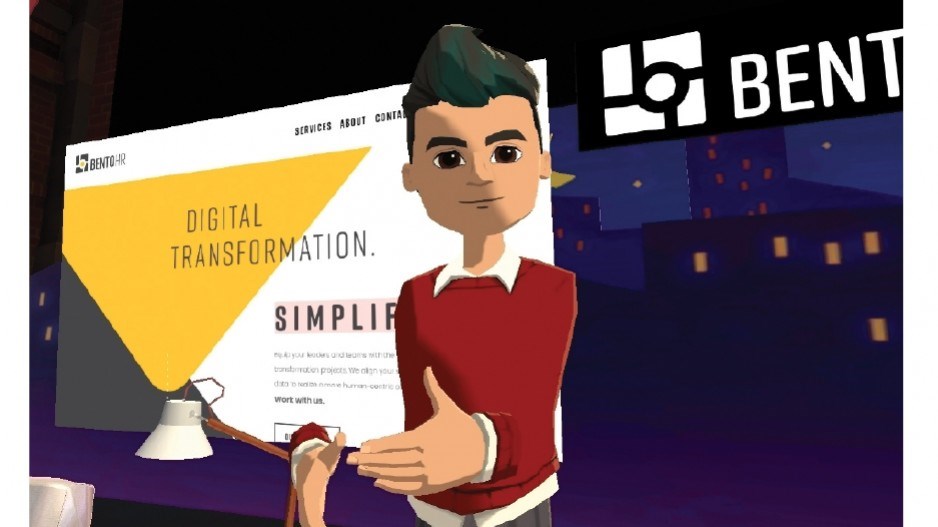The pandemic may have pushed workplace cafeterias out of the picture for now but that doesn’t mean Taco Tuesdays with colleagues can’t continue.
After tapping former National Hockey League player Eddie Läck — a Swede known for his deep affection for tacos and video games — as brand ambassador in June, Vancouver-based Alpha Esports Inc. has been working with the goalie to boost interest in the gaming world.
“Taco Tuesday Stream is back tomorrow,” Lack, known for dropping in on fans to play video games during his time with the Vancouver Canucks, tweeted on August 31.
“I’ll be playing against 2 #fortnite fans. Will it be you?”
Fortnite is a competitive multi-person online game, while Alpha Esports specializes in facilitating large e-sports tournaments.
The company is now turning its attention to launching tournaments for companies wanting to keep employees engaged with each other even while the pandemic keeps them from collaborating in close contact.
“I really look at competitive social video games as the next social media,” said interim CEO Matt Schmidt, whose 26-person company has created a platform known as GamerzArena to facilitate e-sports tournaments through the click of a link.
“If my HR [department] reached out and I worked for a large company and they said, ‘Hey, here’s the link to onboard into this tournament platform, pick your favorite games and compete,’ I think it’d be a lot of fun.”
He describes the business model as gaming as a service, or GaaS — a play on software as a service (SaaS).
“What we realized was a lot of these companies had all their employees working from home. And a few of them are already doing [e-sports tournaments] … and we were like, well, we can organize your tournaments for you,” said Schmidt, who said he could not disclose how much Alpha Esports charges for its services.
“So it started off as just building it for ourselves. But we were like, ‘Other companies might actually see some value in this.’”
The pandemic, meanwhile, has been an accelerant for many businesses, which are now turning to consumer-friendly technology for better employee engagement, according to Vancouver-based human resource executive Matt Burns.
“For a business executive group that’s looking for solutions around collaboration, and connection and engagement in this new strange world that we’re in, immersive technologies is another option for them,” said Burns, who organized this month’s Global HR Summit.
The summit was presented entirely in virtual reality, with 50 speakers donning Oculus Quest headsets for the first time to engage with audiences in an artificially rendered environment. Attendees put on their own headgear to watch speakers who appeared as avatars they created for themselves, or else plugged in via the less immersive environment of a 2D computer monitor.
The goal of the event, which was hosted on Microsoft Corp.’s (Nasdaq:MSFT) Altspace VR platform, was to bring awareness to challenges within organizations and how immersive technologies such as VR can address them.
Burns described the summit, with its digitally rendered avatars and mock audience, as looking similar to 2014’s 3D-animated film The Lego Movie.
“We’re staring at a giant burning platform for change,” said Burns, referring to virtual reality’s ability to engage workers in a way Zoom calls and emails cannot.
“If they [businesses] don’t change that traditional business model, it’s going to continue to butt up against this new reality and it’s going to be painful. It’s going to be poor for business results and it’s going to be worse for the employees and the customers who interact with those businesses.”
He said that businesses should be prepared to operate blended workplaces, in which employees work in a combination of offices and from the home.
That means having the ability to tap into immersive – or virtual — environments for team meetings, training sessions or job interviews.
“For example, my team’s now spread around the world and every orientation occurs in VR. I meet them in VR for the first time for an orientation with the headset. Before it would have been a Zoom call or a bunch of emails back and forth with an international team,” he said.
“I’ve never met some of my team members. Now, I meet them all in VR.” •




